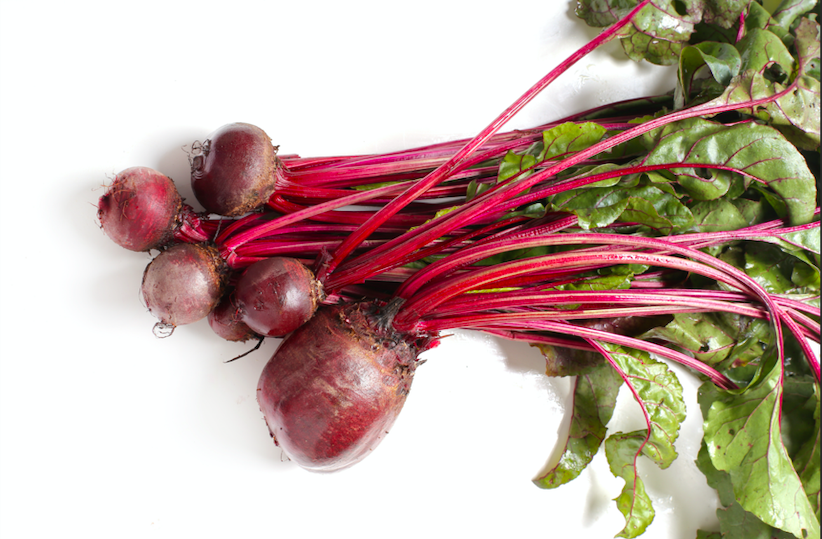Beetroot is a versatile and nutritious root vegetable that can be easily grown in South African gardens. Whether you’re an experienced gardener or a beginner, there are several important factors to consider before embarking on beetroot cultivation. From selecting the right varieties to proper care and harvest, here are ten things you should know before growing beetroot in South Africa.
- Climate and Season: Beetroot is a cool-season crop that thrives in mild to cool climates. In South Africa, it is best grown during the autumn, winter, and early spring seasons. Choose the right season for your specific region and climate to ensure optimal growth and root development.
- Variety Selection: There are various beetroot varieties available, each with its own characteristics and suitability for different growing conditions. Common varieties in South Africa include Detroit Dark Red, Bulls Blood, and Chioggia. Consider factors such as size, color, and flavor when selecting a variety that suits your preferences and growing conditions.
- Soil Requirements: Beetroot prefers well-drained soil with good fertility. Prepare the soil by incorporating organic matter, such as compost or well-rotted manure, to improve its structure and nutrient content. Beetroot thrives in a slightly acidic to neutral soil with a pH level between 6.0 and 7.0.
- Seed Starting: Beetroot is typically grown from seeds. Directly sow the seeds into the prepared garden bed, spacing them according to the recommended distance on the seed packet. Sow the seeds at a depth of about 1 inch (2.5 centimeters) and water gently. Germination usually occurs within 7 to 14 days.
- Planting and Spacing: Thin out the seedlings once they have grown a few inches tall, leaving about 2 to 4 inches (5 to 10 centimeters) of space between each plant. Proper spacing allows the roots to develop fully and minimizes competition for nutrients and water.
- Watering: Beetroot requires consistent moisture for optimal growth and root formation. Water the plants regularly, aiming to keep the soil evenly moist but not waterlogged. Provide approximately 1 inch (2.5 centimeters) of water per week, adjusting based on weather conditions.
- Nutrient Management: Beets have specific nutrient requirements for healthy growth. Conduct a soil test to assess the nutrient levels and make appropriate amendments. Beets generally benefit from a balanced fertilizer with slightly higher phosphorus and potassium levels. Side-dress the plants with fertilizer during the growing season to provide additional nutrients.
- Weed Control: Proper weed control is essential to minimize competition and promote healthy beet growth. Regularly remove weeds from the garden bed, taking care not to disturb the shallow root system of the beets. Mulching can help suppress weed growth and conserve soil moisture.
- Pest and Disease Management: Beets are relatively resistant to pests and diseases. However, they can be susceptible to leaf miners, aphids, and fungal diseases like powdery mildew. Implement integrated pest management (IPM) strategies, including regular scouting, cultural practices, and the use of organic or chemical controls as necessary.
- Harvesting: Beetroot roots are usually ready for harvest when they reach a diameter of about 2 to 3 inches (5 to 7.5 centimeters), which typically takes around 8 to 10 weeks. Gently loosen the soil around the roots and carefully lift them out of the ground. Trim off the tops, leaving about an inch (2.5 centimeters) of the stem attached. Store the harvested beets in a cool, dark place or refrigerate them for extended shelf life.
By considering these ten crucial factors before growing beetroot in South Africa, you’ll be better prepared to cultivate healthy and productive plants. With proper care, attention, and adherence to recommended practices, you can enjoy a bountiful harvest of delicious and vibrant beets from your South African garden.
Join 'Farmers Mag' WhatsApp Channel
Get the latest Farming news and tips delivered straight to your WhatsApp
CLICK HERE TO JOIN






